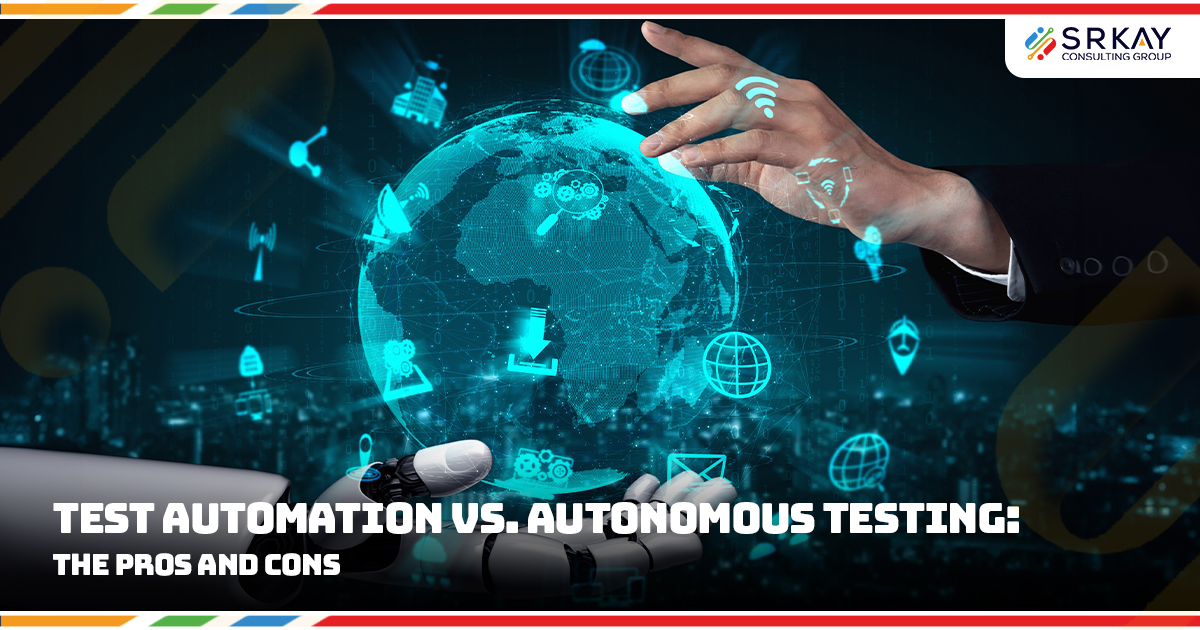

Close

In the contemporary software development arena, the emergence of Autonomous Testing is reshaping the paradigm of quality assurance. This innovative methodology, powered by Artificial Intelligence (AI) and Machine Learning (ML), is not merely an enhancement of traditional testing approaches but a complete overhaul, aiming to drive efficiency, accuracy, and adaptability in the testing process.
Autonomous Testing transcends traditional automated testing methods by integrating advanced AI and ML algorithms. This integration allows the testing process to not only execute predefined test scripts but also to learn from previous outcomes, adapt to new scenarios, and autonomously generate and modify test cases. This approach marks a significant shift from human-driven testing strategies to a more intelligent, data-driven, and self-sufficient testing environment.
Autonomous Testing offers a multitude of advantages over traditional testing methods, making it an invaluable asset in the software development lifecycle:
Autonomous Testing stands at the forefront of innovation in software quality assurance. By harnessing the power of AI and ML, it offers a level of efficiency, accuracy, and adaptability that traditional testing methodologies cannot match.
As the software industry continues to evolve at a rapid pace, the role of autonomous testing is set to become increasingly crucial, not just in enhancing the quality of software products but in reshaping the entire approach to software testing. The future of software quality assurance lies in embracing these advancements, adapting to new technologies, and leveraging the full potential of autonomous testing.
Download the whitepaper: Autonomous Testing
We co-create with our customers at the center, combining deep domain expertise with innovative technology and talent solutions to accelerate growth. Our passion for excellence drives us to transform businesses, unlocking new opportunities and delivering lasting impact.
Subscribe to our newsletter to get our newest articles instantly!
